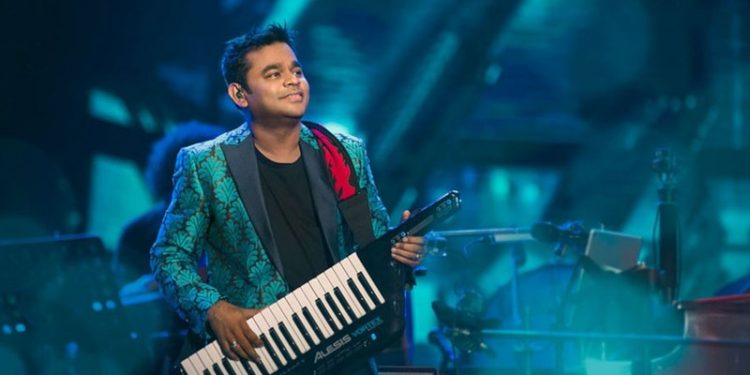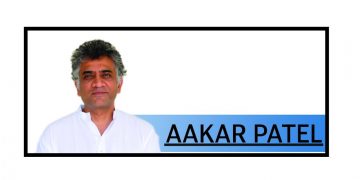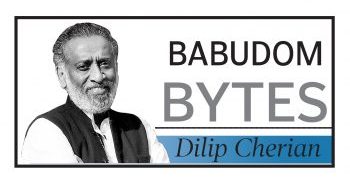Mumbai: Music maestro A R Rahman says India’s musical heritage may lack exposure but it is not dying as its roots are deep in tradition and people have a spiritual connection with it.
The double Oscar-winner has travelled across India to find rare instruments and hidden musical traditions in his maiden non-fiction series, “Harmony with A R Rahman”, being launched on Amazon Prime on August 15.
The quest underscored what Rahman always thought was true about India — every street has a musical legacy. Rahman will interpret these traditions in a modern context on the show.
“I don’t think India’s rich musical heritage is dying, only the exposure is dying. People love traditions and it is beyond anybody’s money or power. It (music) is the lifestyle of so many people.
“I was talking about this place in Kerala, Kalamandalam, where they have this guru-shishya thing and they have a place in Chennai which has fees of Rs 370 per year and they teach folk music, classical music and dance. In Rajasthan, every kid sings amazingly well and also in Punjab,” Rahman told in an interview.
The composer, who is credited with revolutionising Indian cinema music in his 25-year illustrious career, says traditional music may lack exposure but exists in a big way.
“We can’t generalise that everybody is watching this… They have the options to watch so many things. They have the option to watch the purest thing or filth.
“What we see exposed is this big splash of Hindi movies and Tamil movies. It does not mean that all this (traditional music) does not exist. It is taken by families who create this legacy. It is their soul. It is not dictated by money. It is a redeeming factor in their lives.”
Rahman may be anchoring the show but jokes that people should not have high expectations about his skills as a host.
“I’m not like a traditional anchor. Don’t have high expectations. I am not like ‘Lovely! look at this place, look at the food’. I am not that charming. In my own ways, I had these beautiful interactions.”
In fact, Rahman, one of India’s most renowned musicians, says he fears the burden of expectation “always, everyday”.
The series captures Rahman’s interactions with artistes with an impromptu jam session towards the end of every episode. The last episode shows Rahman put together a composition with all artistes.
On the internet, it is all about the number of views one has managed to garner, but Rahman says it is “gross” to judge something like that.
“(Though) It does influence what you are doing. We wanted this series to be intriguing, interesting and not boring as these are instruments that are off the radar and we are bringing them to the fore. There is purity, honesty, there is a legacy that we intend to bring,” he said.
“They have a pre-set legacy and we just had to take it and make it shine. It is like storytelling, like a movie, you go and see their lives, each fascinating in their own way. And there was no one telling ‘Ah, this song did not work.’ So, you have that artistic freedom,” he added.
The five-episode series is created by Kavithalayaa.
“Harmony with A.R. Rahman” features maestros such as Ustad Mohi Baha’un-din Dagar from Maharashtra, who comes from an eight generation-long lineage of musicians and plays the Rudra Veena in Dhrupad style, Kalamandalam Sajith Vijayan from Kerala who devoted a majority of his life to the Mizhavu, Lourembam Bedabati Devi of Manipur, a renowned artiste and guru of traditional Manipuri folk song, and Mickma Tshering Lepcha from Sikkim who is known to be a master of the Panthong Palith.
PTI






































